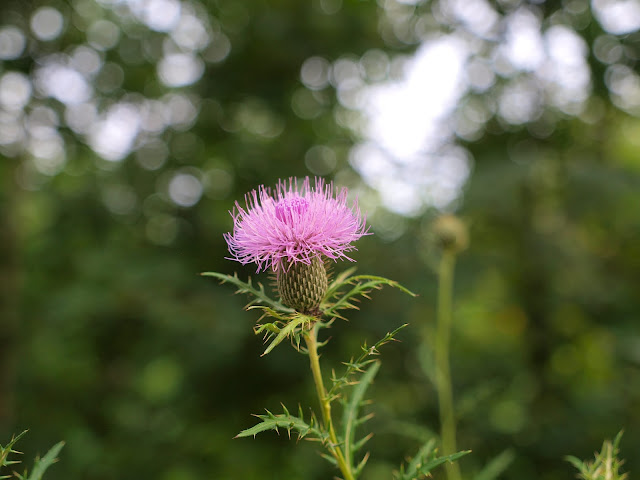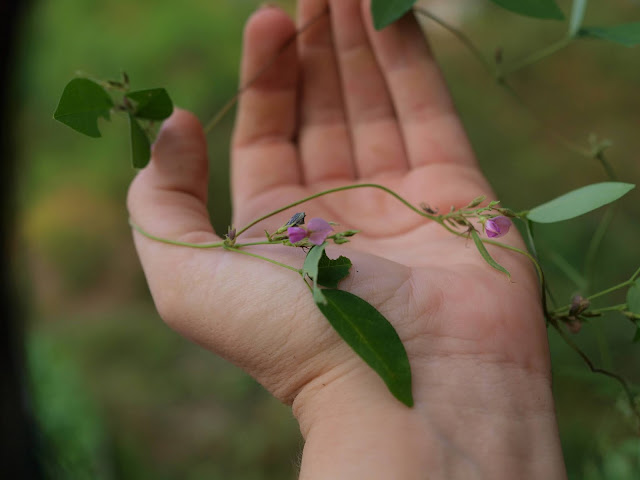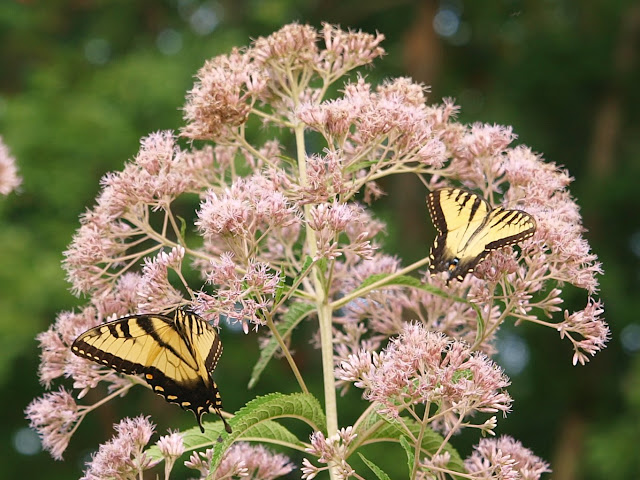St. Andrew's cross, Hypericum hypericoides on August 22nd

This is a plant called St. Andrew's cross, Hypericum hypericoides, which is a member of the St. John's Wort family Hypericum . It is a very common plant in the Southeastern United States. One of the main differences visually between this and St. John's Wort is that the St. Andrew's cross has four petals, placed oblong in a 'winged' fashion, while the St. John's Wort has five evenly spaced petals. The St. John's Wort contains folk medicine qualities that some believe in, and some don't. St. Andrew's cross was also valued by the Native Americans for it's help in fighting certain inflammations and pain. I believe in the past I have called this a 'yellow lespedeza', if only to myself, because the leaves do resemble the lespedeza sericea. And, it is true that there are other colors and more showy versions of lespedeza than the one that has been wilded on our hill (back more than thirty years ago, I am told). Today, after la









